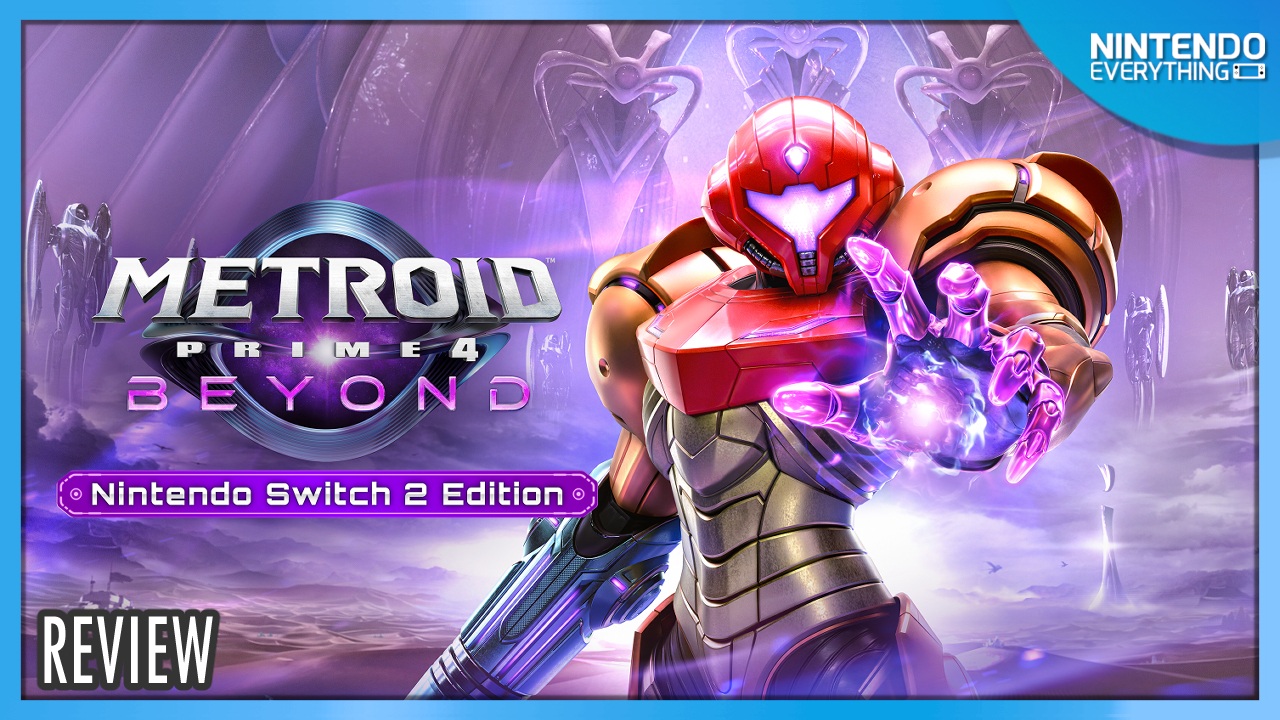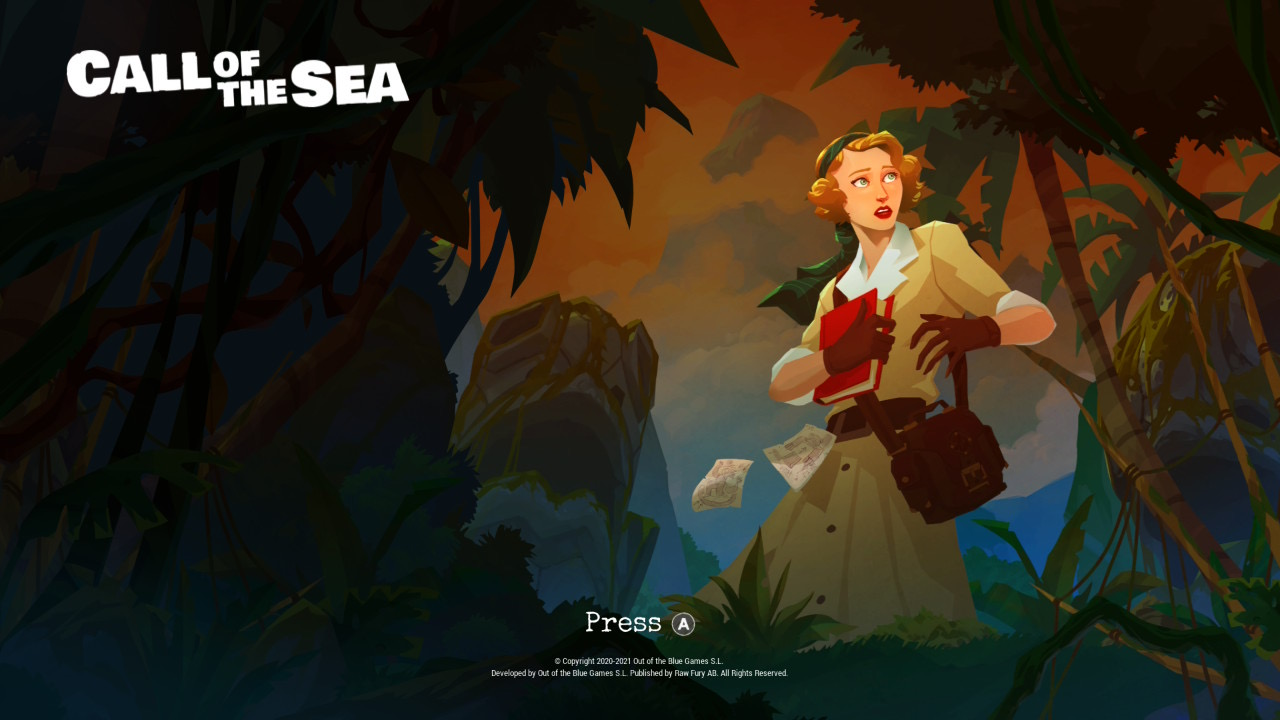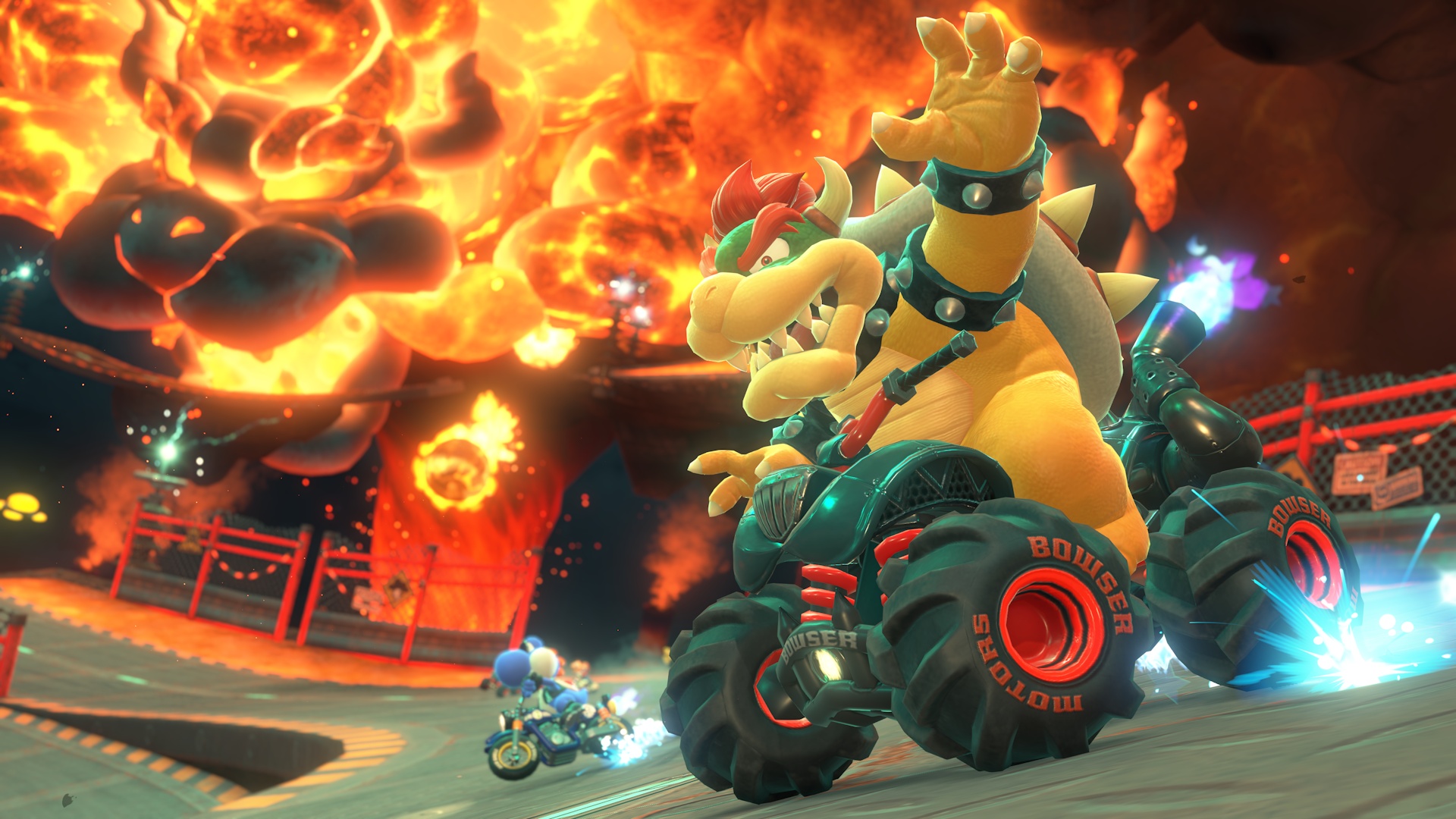Donkey Kong Bananza's Transition to Nintendo Switch 2: Developer Insights and Platform Evolution
The Nintendo Switch 2 continues to reshape the gaming landscape, and one of the most notable early beneficiaries is Donkey Kong Bananza.
Developed by Nintendo and helmed by producer Kenta Motokura and director Kazuya Takahashi, Donkey Kong Bananza captivated audiences from its announcement, not only for its ambitious gameplay but also for how it signals a new era of hardware capabilities.
In a recent interview with IGN, Motokura and Takahashi provided an authoritative look at the reasons behind the game's strategic move from the original Nintendo Switch to its next-generation successor, the Nintendo Switch 2. Donkey Kong Bananza began its development on the original Nintendo Switch, utilizing voxel-based technology and exploring innovative gameplay concepts.
Motokura explained that, at the project's inception, the team experimented with various ideas centered around the hybrid console's capabilities.
However, upon learning about the development of Nintendo Switch 2—a platform boasting significantly greater processing power and new hardware functionalities—the developers recognized greater potential for realizing their vision. Motokura succinctly summarized the transition: “The foundation for Donkey Kong Bananza was laid on the original Nintendo Switch with voxel technology and creative applications in mind, but once details about Switch 2 emerged, it became clear that the new hardware would allow us to maximize both our gameplay ideas and technical ambitions.” Director Kazuya Takahashi elaborated on how the cutting-edge features of Nintendo Switch 2 enabled them to deepen the gameplay experience, particularly regarding destructible environments—a core mechanic of Donkey Kong Bananza.
“The continuity and expansiveness of environmental destruction is a central pillar of the game.
With Nintendo Switch 2, we can offer longer, uninterrupted play sessions and introduce larger-scale material changes.
The hardware’s improved capabilities let us create the critical moment when players wonder, ‘Can I break this?’—amplifying the surprise and engagement,” said Takahashi in the interview. Beyond sheer processing muscle, Nintendo Switch 2 brings new user experiences to the table.
One highlight is the addition of mouse control functionality, which can be utilized in the game's co-op multiplayer.
For example, a second player can take control of Pauline’s vocal abilities or engage in the DK Artist mode, where players sculpt expansive voxel environments.
Takahashi noted that these innovations weren’t just technical upgrades but transformative gameplay elements only possible on Switch 2. Donkey Kong Bananza joins a roster of major Nintendo franchises embracing Switch 2 exclusivity, following the path of hits like Mario Kart World and Hyrule Warriors: Age of Imprisonment, both of which initially started on earlier hardware.
This trend underlines Nintendo’s focus on leveraging new hardware capabilities for richer, more immersive experiences. As Donkey Kong Bananza prepares for its anticipated release, the developer insights highlight Nintendo's commitment to pushing the envelope in both hardware and software design.
Fans can look forward to exploring vibrant, destructible worlds and innovative co-op features that are only possible on the Nintendo Switch 2.
The game is expected to launch exclusively via the Nintendo eShop, further cementing the Switch 2’s role as Nintendo’s flagship platform for the next generation of gaming.
Developed by Nintendo and helmed by producer Kenta Motokura and director Kazuya Takahashi, Donkey Kong Bananza captivated audiences from its announcement, not only for its ambitious gameplay but also for how it signals a new era of hardware capabilities.
In a recent interview with IGN, Motokura and Takahashi provided an authoritative look at the reasons behind the game's strategic move from the original Nintendo Switch to its next-generation successor, the Nintendo Switch 2. Donkey Kong Bananza began its development on the original Nintendo Switch, utilizing voxel-based technology and exploring innovative gameplay concepts.
Motokura explained that, at the project's inception, the team experimented with various ideas centered around the hybrid console's capabilities.
However, upon learning about the development of Nintendo Switch 2—a platform boasting significantly greater processing power and new hardware functionalities—the developers recognized greater potential for realizing their vision. Motokura succinctly summarized the transition: “The foundation for Donkey Kong Bananza was laid on the original Nintendo Switch with voxel technology and creative applications in mind, but once details about Switch 2 emerged, it became clear that the new hardware would allow us to maximize both our gameplay ideas and technical ambitions.” Director Kazuya Takahashi elaborated on how the cutting-edge features of Nintendo Switch 2 enabled them to deepen the gameplay experience, particularly regarding destructible environments—a core mechanic of Donkey Kong Bananza.
“The continuity and expansiveness of environmental destruction is a central pillar of the game.
With Nintendo Switch 2, we can offer longer, uninterrupted play sessions and introduce larger-scale material changes.
The hardware’s improved capabilities let us create the critical moment when players wonder, ‘Can I break this?’—amplifying the surprise and engagement,” said Takahashi in the interview. Beyond sheer processing muscle, Nintendo Switch 2 brings new user experiences to the table.
One highlight is the addition of mouse control functionality, which can be utilized in the game's co-op multiplayer.
For example, a second player can take control of Pauline’s vocal abilities or engage in the DK Artist mode, where players sculpt expansive voxel environments.
Takahashi noted that these innovations weren’t just technical upgrades but transformative gameplay elements only possible on Switch 2. Donkey Kong Bananza joins a roster of major Nintendo franchises embracing Switch 2 exclusivity, following the path of hits like Mario Kart World and Hyrule Warriors: Age of Imprisonment, both of which initially started on earlier hardware.
This trend underlines Nintendo’s focus on leveraging new hardware capabilities for richer, more immersive experiences. As Donkey Kong Bananza prepares for its anticipated release, the developer insights highlight Nintendo's commitment to pushing the envelope in both hardware and software design.
Fans can look forward to exploring vibrant, destructible worlds and innovative co-op features that are only possible on the Nintendo Switch 2.
The game is expected to launch exclusively via the Nintendo eShop, further cementing the Switch 2’s role as Nintendo’s flagship platform for the next generation of gaming.






